🧵 A diVine Intervention: What if the Internet’s just... tired?
diVine’s revival pokes at our craving for realness in a world that forgot how.
“What are those?!”
“Do it for the vine.”
“I could have dropped my croissant!”
If you just heard those in your head, you’re probably part of the generation raised on six-second masterpieces.
Lets rewind to 2013: You open Vine and scroll past someone is making pancakes to trap music, a six-second sketch punching harder than some sitcoms: Chaos and comedy packed into a 6-second-loop.
It wasn’t polished or perfect. But it was authentic and fun.
And then – poof. Gone.
Rescuing Vine from Digital Oblivion
Now, in another twist straight from the timeline multiverse, Vine is back. Rebranded as diVine, it’s got a new coat of paint, funding from Twitter co-founder Jack Dorsey and a clear message: short-form video isn’t dead, it just needed a soul again.
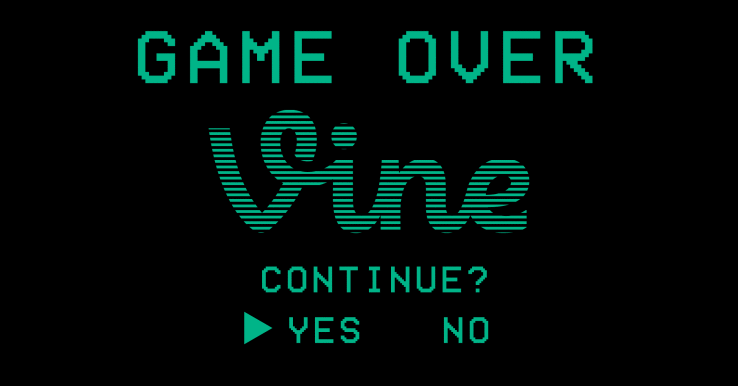
DiVine wants to restore the spirit of spontaneous, scrappy, human-first content: the kind born on cracked phones, at odd angles, from bad light and not from templates.
Funding is provided by Dorsey’s nonprofit, “and Other Stuff”, launched in May 2025 to support open, experimental tools aimed at reshaping social media. This open infrastructure lets anyone contribute, moderate and preserve content.
To build diVine, Evan Henshaw-Plath (aka rabble), an early Twitter employee and part of the “and Other Stuff” initiative, dug into Vine’s archives. After Twitter announced Vine’s shutdown in 2016, a volunteer group called the Archive Team stepped in to preserve its videos. Though unaffiliated with Archive.org, this collective has made it their mission to rescue disappearing corners of the internet.
The rebooted app runs on Nostr, an open-source, decentralized protocol backed by Jack Dorsey. It gives developers full control to build apps, operate their own nodes, and host content independently. New uploads are verified as human-made using technology from the Guardian Project, a nonprofit focused on civil rights and privacy.
Unlike the original Vine, diVine claims that it will not be vulnerable to corporate shutdowns and can’t be taken offline, which sounds community-powered this time around.
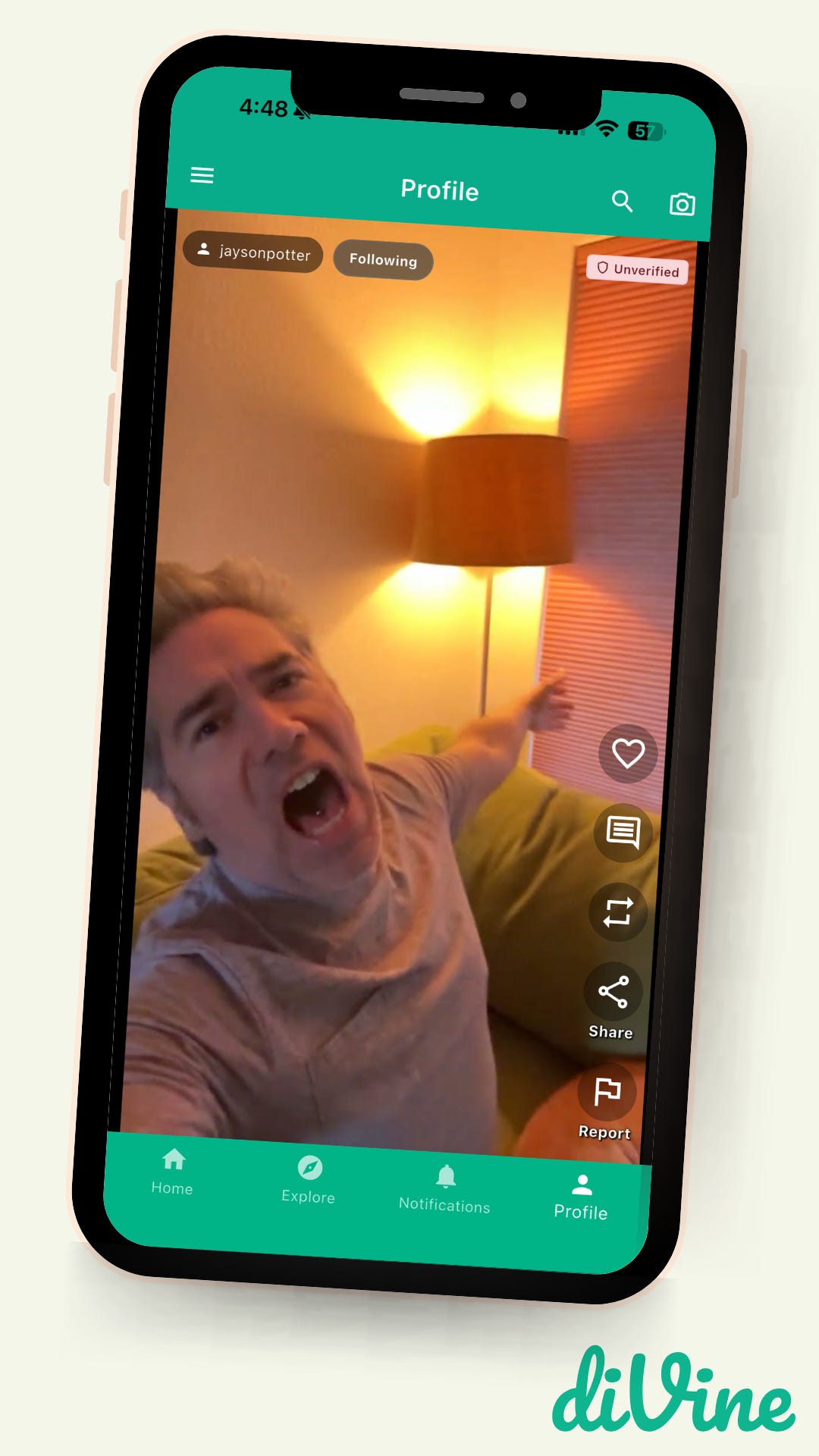
Community, Culture and Recreating a Feeling we Barely Understood
Within 4 hours of beta test launch, over 10,000 users signed up.
According to Rabble, a substantial portion of the original Vine content and user profiles has been recovered. DiVine is rolling out access to more than 170,000 archived Vine videos and old 62,000 creator accounts, restored from a backup. While not everything could be saved, each user is being given a fresh start on the new open network.
Unlike many platforms where content is often not labeled as AI-generated, diVine claims to detect and prohibit publishing such content.

A Creator-First Playground
If you’re a creator tired of chasing trends or tweaking your content to please the algorithm gods, diVine might be the closest thing to freedom we’ve seen in years: a creative reset. According to the website, you can choose your algorithm or even create new ones for others to use.
For the first time, creators can earn through direct tips, Bitcoin’s Lightning Network and privacy-preserving payments, fixing one of Vine’s old failings. Community-driven playlists and curation, plus open-source tools, break up the old model of platform control.
Why This Hits Differently in 2025
Have you ever followed a creator and found yourself wondering “Are they even real?” You’re not the only one.
Social media used to be people-first. Now feeds are flooded with AI-generated influencers, synthetic voiceovers and algorithmic aesthetics. Instagram reels are stitched together by ai with uncanny perfection.
Content that looks great but feels... off. The uncanny has become the norm. And in that blur, diVine’s promise “social media by humans, for humans” doesn’t sound like a revolution. But it does make you pause.
Evan Henshaw-Plath, put it plainly:
“Companies see the AI engagement and they think that people want it... but we also want agency over our lives and social experiences. There’s a nostalgia for the early Web 2.0 era... building communities, instead of just gaming the algorithm.”
A protest wrapped in Nostalgia?
DiVine arrives as part of a counterculture moment.
It’s looking around and realizing how much realness we’ve actually lost. Life became a performance. What we eat is content. What we wear is an aesthetic. Our apartments, our hobbies, even our personalities — all curated for clicks.
It here reminds us that before social media became a growth funnel, it was a playground. It was weird. It was deeply human. Nostalgia always comes in waves. But this one feels different.
And in the middle of that performance, something like diVine shows up and says: maybe it doesn’t have to be this way.
A resurrected digital ghost
We’ve seen this play before: Tumblr got fun again, until it didn’t. BeReal felt refreshing, until the ads showed up, Instagram…lets not talk about instagram…
DiVine is stepping into a tension between nostalgia and exhaustion, between the promise of “real” and the pull of platforms that always end up monetizing connection. It shows over and over again that authenticity and monetization don’t always mix well.
Platforms don’t stay pure for long.
And people move on. Which might be the point.
Maybe it’s not about which app wins, or whether Vine 2.0 sticks. Maybe it’s about something deeper: digital fatigue. What we’re seeing now isn’t a tech trend. People are quietly looking for an exit from what social media has become. A quiet craving for spaces that aren’t trying to keep us scrolling, steal our data or reward us for following an algorithm. A deep desire for human connection beyond a screen.
DiVine might be a passing moment, or maybe a sign of the shift already underway, away from content and back to people.
Catch you next time,
Sarah





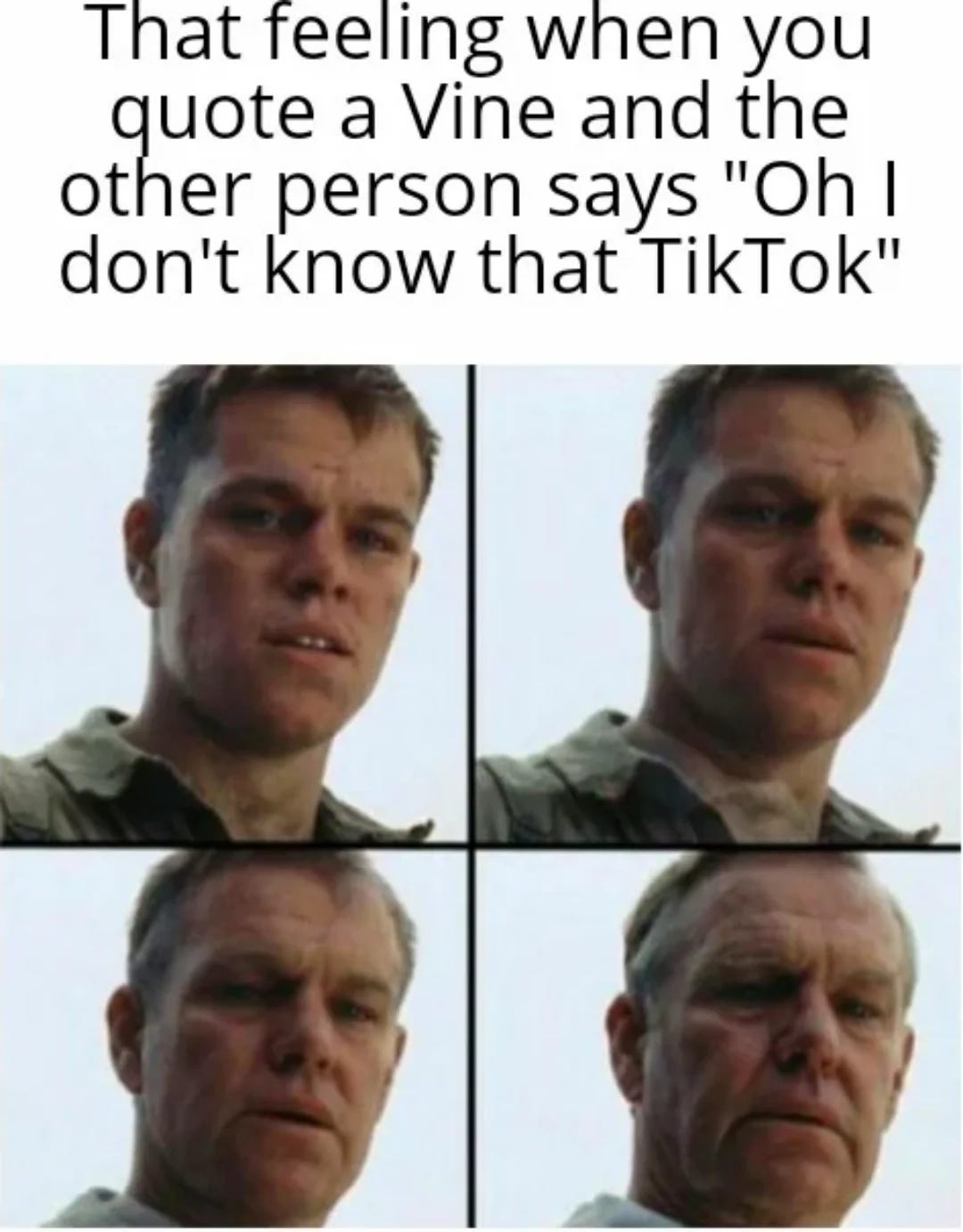
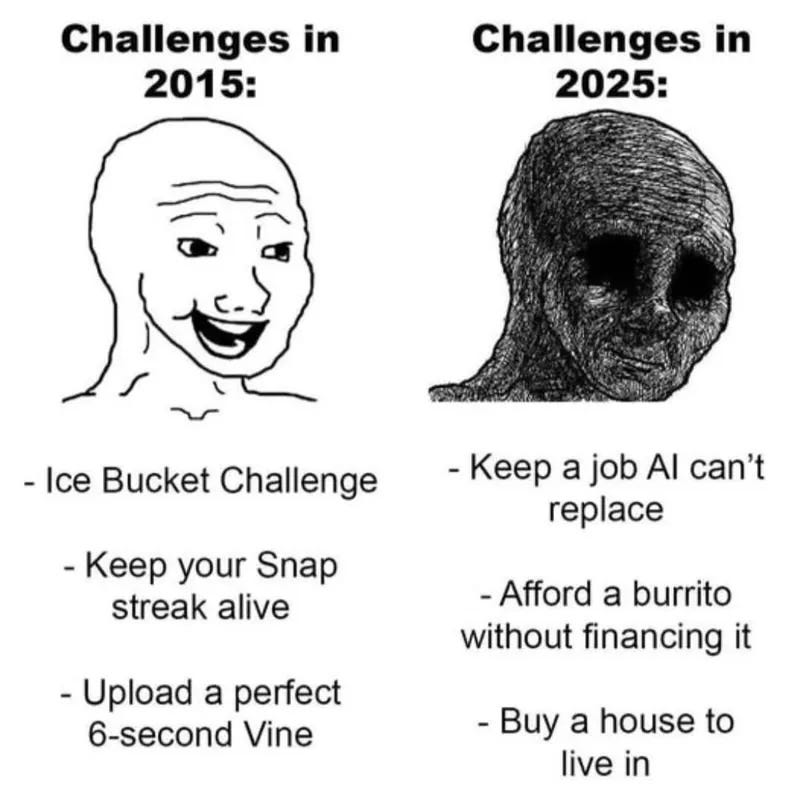
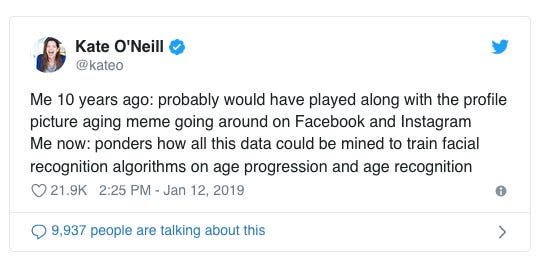

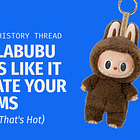

lovedddd reading this! i feel like it'll have the same launch attention as Lemon8, it'll be cool at first because we'll have that nostalgia hit / hit of newness, and then when people realise it doesn't hold that same "feeling" as we had using it back then (I even feel old saying that lol), they'll ditch it for tiktok. I'm undecided if I'll download it when it first comes out tbh, I think a lot of Gen-Zers like me are trying to kind of distance themselves from social media and nurture the analog nostalgia, rather than a nostalgia for another form of social media? :)